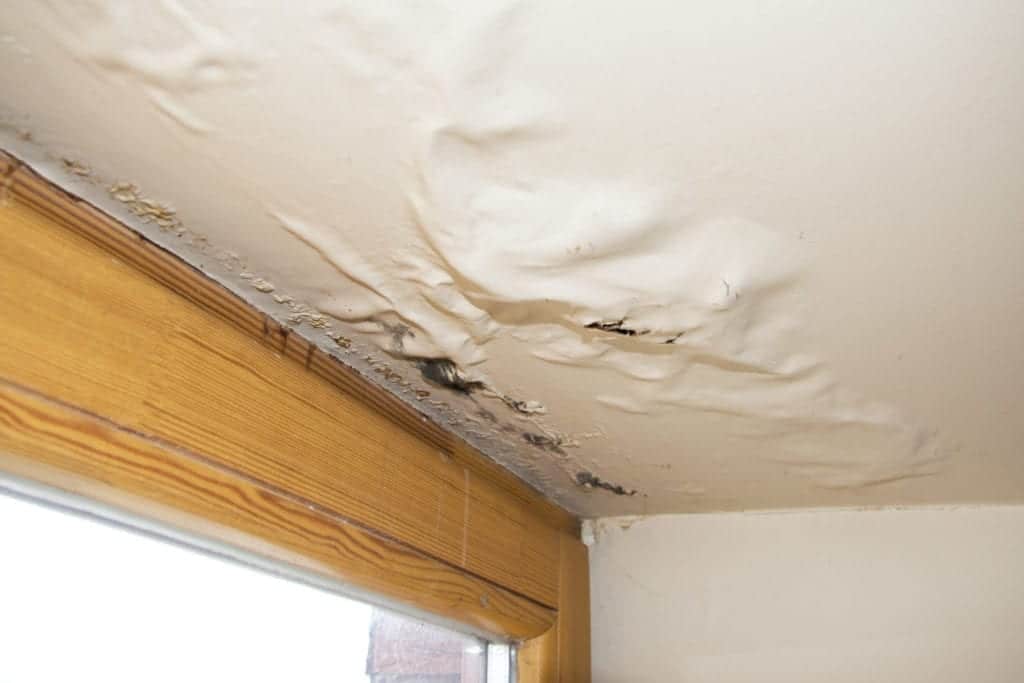How to Find and also Repair Water Leaks-- A Comprehensive Guide
How to Find and also Repair Water Leaks-- A Comprehensive Guide
Blog Article
Everybody maintains his or her own way of thinking with regards to Locating water leaks.

Early detection of dripping water lines can minimize a prospective catastrophe. Besides saving you cash, it will certainly minimize the aggravation and also disappointment. The moment you discover a leak, calling your plumber for fixings is the very best service. Some little water leaks might not be noticeable. If you can not identify it with your naked eyes, below are some hacks that help.
1. Analyze the Water Meter
Inspecting it is a guaranteed method that assists you discover leaks. If it relocates, that shows a fast-moving leakage. This indicates you may have a sluggish leak that could even be below ground.
2. Examine Water Consumption
If you identify abrupt changes, regardless of your usage being the same, it suggests that you have leaks in your plumbing system. A sudden spike in your bill suggests a fast-moving leakage.
A stable increase every month, also with the very same habits, reveals you have a slow leakage that's likewise gradually rising. Call a plumber to completely check your building, specifically if you really feel a cozy location on your flooring with piping below.
3. Do a Food Coloring Test
When it comes to water usage, 30% comes from toilets. If the shade somehow infiltrates your bowl during that time without flushing, there's a leak in between the container and bowl.
4. Asses Exterior Lines
Do not forget to check your outside water lines also. Should water seep out of the connection, you have a loose rubber gasket. One little leakage can waste lots of water as well as spike your water expense.
5. Evaluate the situation as well as examine
House owners should make it a practice to check under the sink counters and also even inside cabinets for any bad odor or mold development. These two red flags suggest a leakage so punctual attention is required. Doing routine evaluations, even bi-annually, can conserve you from a major problem.
Examine for discolorations and weakening as the majority of appliances and pipes have a life span. If you suspect leaking water lines in your plumbing system, do not wait for it to rise.
Early detection of dripping water lines can alleviate a prospective disaster. Some little water leaks might not be visible. Checking it is a proven method that aids you find leakages. One little leakage can waste loads of water and also increase your water bill.
If you think leaking water lines in your plumbing system, don't wait for it to rise.
How to Know If Your Home Has a Hidden Leak
Water Meter Reveals Inexplicable Water Usage
If you’d like to test whether or not there’s a leak somewhere in your home, you can do this using your water meter. Here is how to conduct the test:
Don’t use any water in your home for at least 30 minutes; this also means not turning on faucets or water-using appliances.
Go outside, and check your water meter for activity.
If your water meter shows that there was activity, even though no one was using any water, this proves that there is a leak in your home.Visible Mold or Mildew Growth
Leaks behind walls create moist, dark environments that allow mold and mildew to grow and thrive. Eventually, you might see mold growth forming on the wall closest to a hidden leak.
If mold is growing in an area that receives a high amount of moisture, such as a bathroom, it may simply be an indication that better ventilation is needed. However, if you see mold growth on a wall or the ceiling in an area where you would not expect, you probably have a hidden leak.
Musty, Mildew Odor
Sometimes you might not be able to see the mold or mildew that is growing as a result of a leak. However, the smell can give the problem away just as easily. If you catch a whiff of something musty, there’s a good chance that old water is collecting somewhere in your home that you can’t see.
Stained/Warped Walls, Ceilings, or Floors
When your home soaks up water, a variety of red flags can become visible, including ceiling stains, bubbling drywall, warped walls, and sagging floors. While these issues can be caused by excess humidity, they can also be signs that a pipe or plumbing connection has started leaking behind your walls.
Inexplicably High Water Bill
After a while, you get a general sense for what your water bill should be. If you own a pool or sprinkler system, your bill will tend to be higher during summer. However, if you receive a water bill that seems especially high, and you can’t figure out what caused it, then you may have a hidden leak somewhere that’s increasing your bill.
https://www.plumbingjoint.com/blog/2019/july/how-to-know-if-your-home-has-a-hidden-leak/

I stumbled upon that article on Finding hidden leaks while surfing around the internet. Be sure to set aside a second to distribute this article if you enjoyed it. Thank-you for going through it.
Report this page